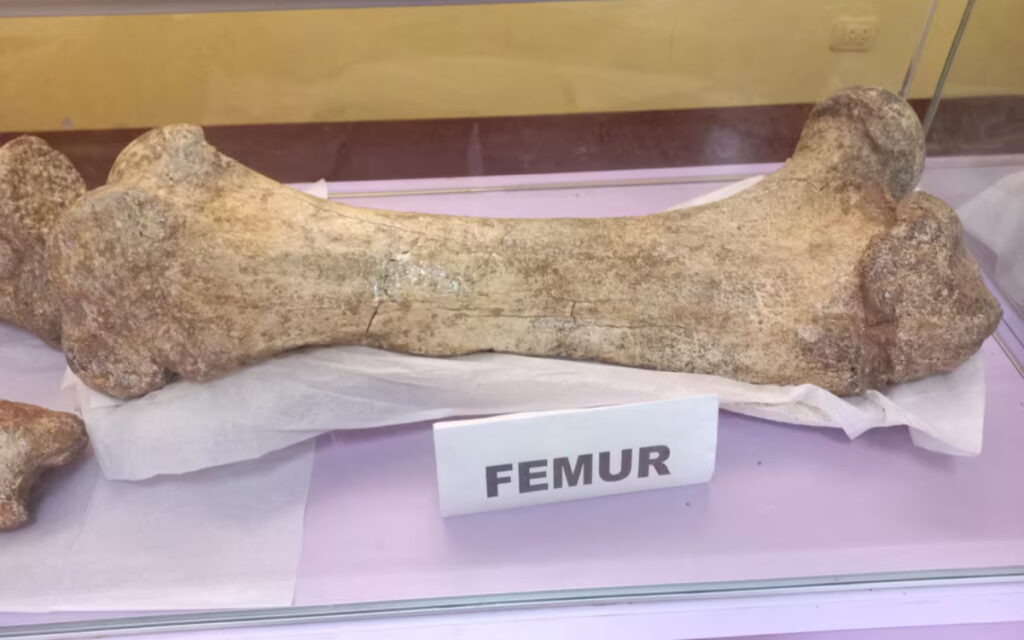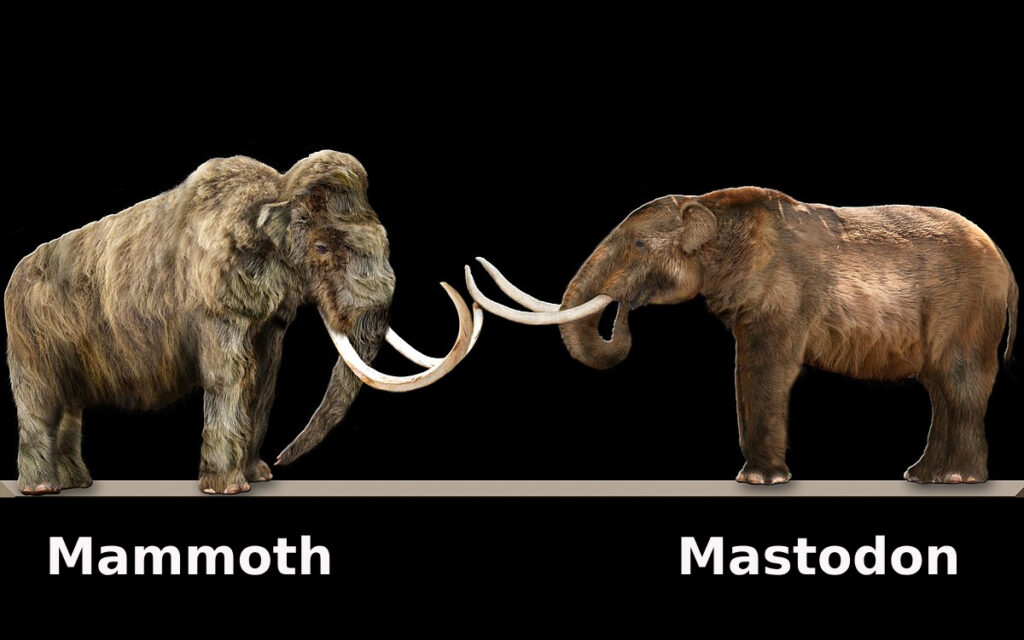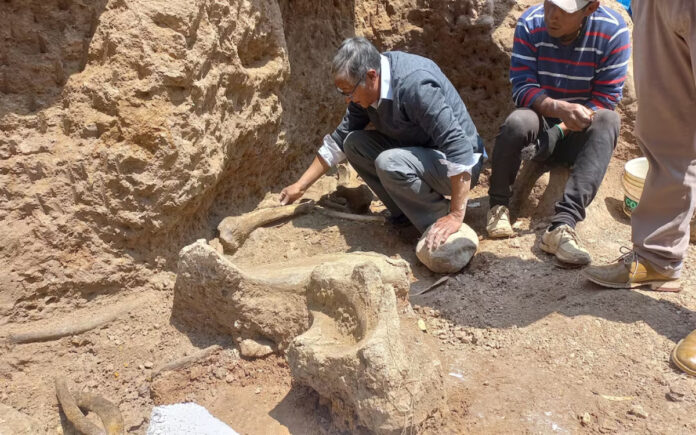Lima: The fossilized remains of three mastodons dating back to the Ice Age have been uncovered in the Peruvian Andes, sparking curiosity about how these massive creatures ended up in the region. The excavation, which began in 2019, took place in the valley of Chambara, located roughly 300 kilometers (186 miles) east of Lima. The fossils are estimated to be between 11,000 and 12,000 years old.

Among the remains is a nearly complete specimen that could be the most well-preserved mastodon ever found in Peru, according to paleontologist Ivan Meza. “If the skull is found—and everything indicates that the tusks are there—it would have scientific importance at a national and global scale,” said Meza.
Mastodons, although similar to mammoths, were distinguished by their flatter heads and straighter tusks. Researchers are now focusing on the possibility of uncovering additional fossils in the area, which could offer further insights into the mastodons’ arrival and existence in this region.

“We’re talking about a small area of less than one hectare,” Meza stated. “To date, we’ve discovered three specimens, with the possibility of finding more, potentially even from other animal species.”
Also Read | Ukraine Accuses China of Aiding Russia with Critical Weapon Technology
Experts believe that the mastodons migrated from North America to South America, driven by shifts in climate that prompted them to seek out new sources of food and water. “Over time, the Andes mountain range rose, and the sea water receded,” explained researcher Oscar Diaz. “This area dried up and left lagoons across the Mantaro Valley,” which would have served as a crucial water source for these ancient animals.
Also Read | Japan Developing World’s Fastest ‘Zeta-Class’ Supercomputer
Peru has long been a rich site for prehistoric discoveries. Earlier this year, paleontologists unearthed the fossilized skull of a river dolphin, the largest of its kind, which once swam through the Peruvian Amazon about 16 million years ago.



